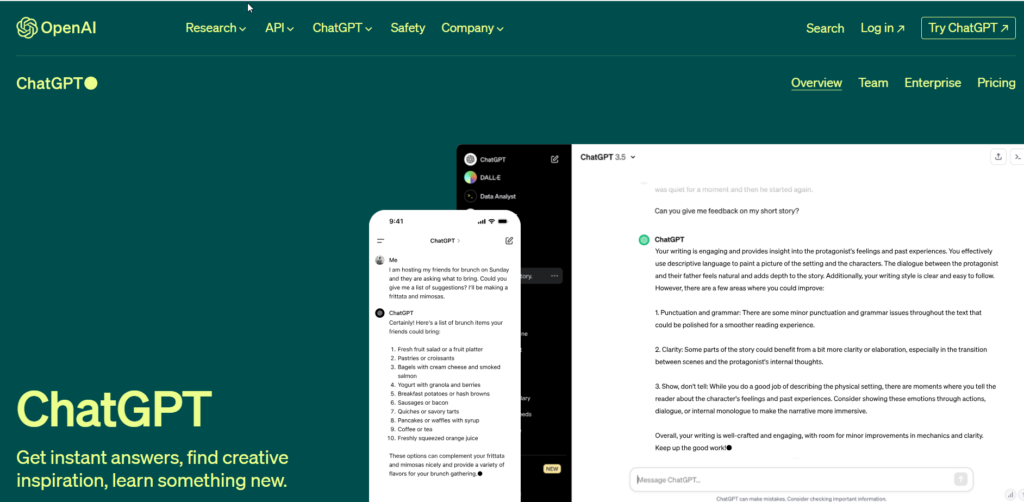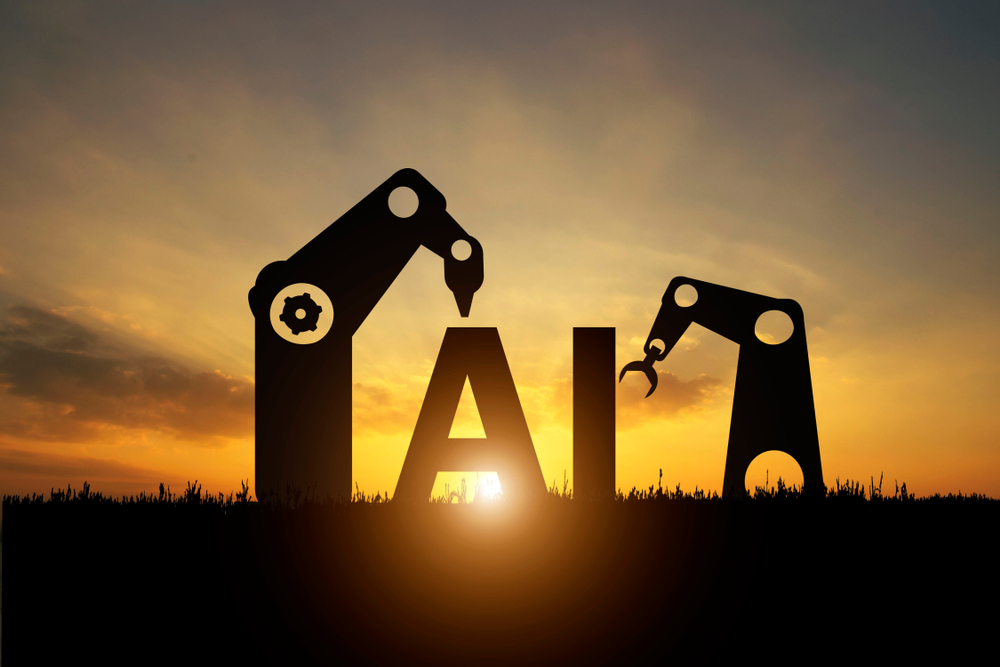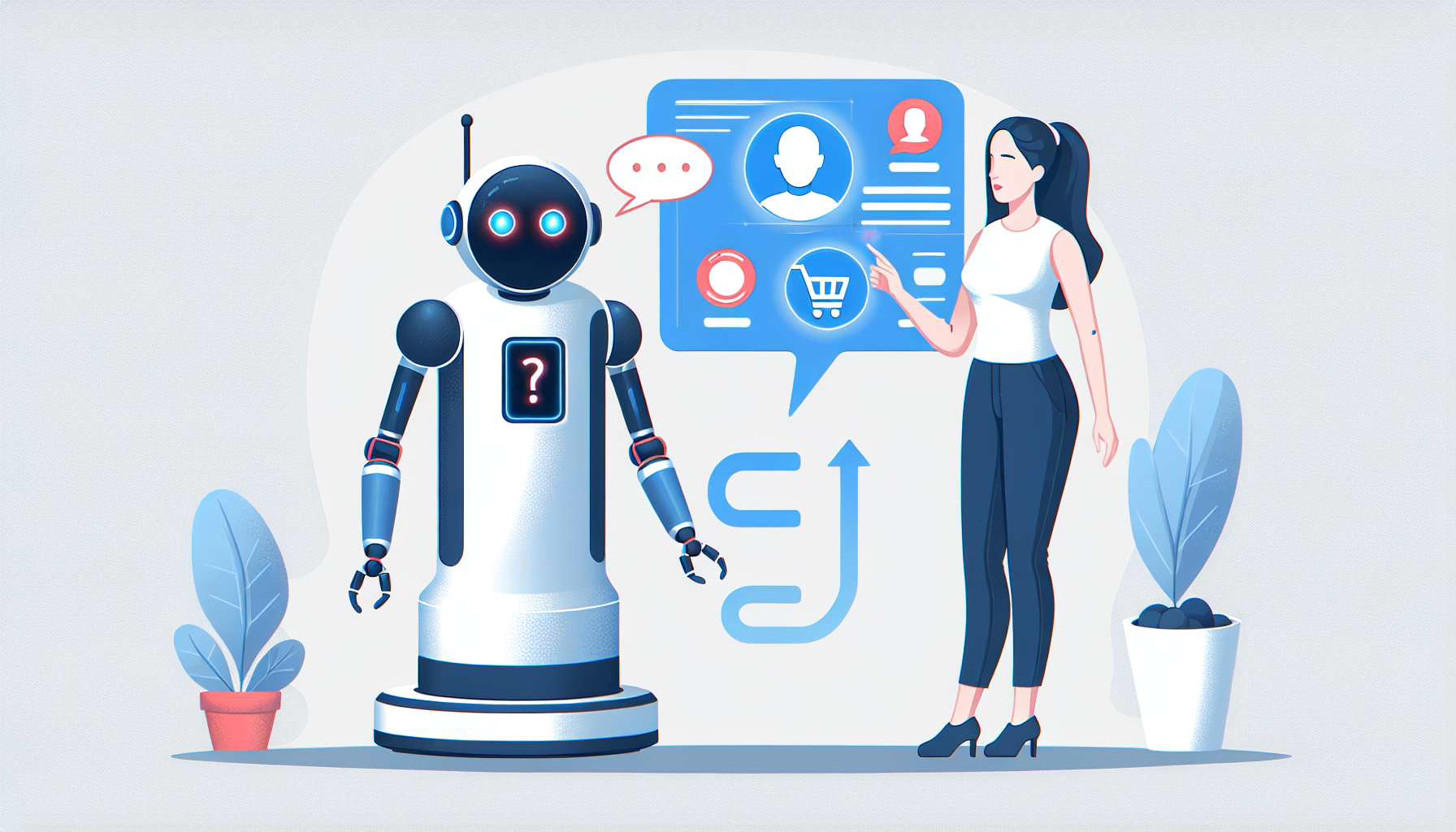What’s the Difference? AutoGPT vs ChatGPT: An In-Depth Comparison
When comparing AutoGPT and ChatGPT, the primary distinction lies in their operational mechanisms. AutoGPT is renowned for its autonomous functionality, eliminating the need for human agents, whereas ChatGPT depends on human intervention for engagement and operation. AutoGPT excels in independent execution, while ChatGPT relies on human guidance for tasks.
Another crucial variance between these AI models is their contextual comprehension capabilities. AutoGPT demonstrates a superior aptitude for grasping and utilizing context effectively, allowing it to generate responses and content with a deep understanding of the subject matter. On the other hand, ChatGPT, while proficient, may not exhibit the same level of contextual awareness as AutoGPT.
Understanding the nuances between AutoGPT and ChatGPT is essential for selecting the most suitable AI tool for specific tasks. Whether seeking autonomous functionality or in-depth contextual responses, the choice between AutoGPT and ChatGPT hinges on the desired level of human intervention and contextual acumen.
Understanding AutoGPT and ChatGPT

Artificial Intelligence (AI) has revolutionized the way we interact with technology, enabling machines to understand and process human language more effectively. Two prominent models that showcase this advancement are AutoGPT and ChatGPT. Let’s delve into each model to understand their unique functionalities.
AutoGPT Overview
AutoGPT, also known as Automatic Generative Pre-trained Transformer, is an AI model designed for natural language processing tasks. It is a version of GPT (Generative Pre-trained Transformer) tailored specifically for text generation with minimal human input. AutoGPT utilizes large-scale datasets to learn the nuances of language and generate coherent text, making it proficient in various language-related tasks such as summarization, translation, and question-answering.
AutoGPT’s architecture allows it to adapt to different contexts and generate contextually relevant responses, making it a versatile tool for content creation, virtual assistants, and automated customer support. By leveraging advanced machine learning techniques, AutoGPT can continuously improve its language capabilities through exposure to diverse textual data, enhancing its performance over time.
ChatGPT Overview
ChatGPT, on the other hand, is a variant of the GPT model specifically optimized for conversational interactions. It focuses on generating human-like responses in dialogue scenarios, aiming to simulate natural conversations with users. ChatGPT excels in chatbot applications, social media interactions, and customer service chat support by providing engaging and contextually appropriate responses to user queries.
The strength of ChatGPT lies in its ability to understand the context of a conversation and maintain coherence throughout the dialogue. By analyzing previous messages and context cues, ChatGPT can generate responses that align with the ongoing discussion, creating a more seamless and interactive conversational experience for users.
Both AutoGPT and ChatGPT showcase the power of AI in language processing, each offering unique capabilities tailored to specific use cases. Whether it’s automating content generation or enhancing conversational interfaces, these models represent the cutting-edge advancements in AI technology that continue to shape the digital landscape.

Functionality Differences
When comparing Autogpt and Chatgpt, one significant aspect to consider is their functionality differences. This section will delve into two key areas that differentiate these AI models: autonomy levels and contextual understanding.
Autonomy Levels
Autogpt exhibits high autonomy levels in generating text responses. It can independently generate coherent text based on the given prompts without the need for constant human intervention. This level of autonomy allows Autogpt to function efficiently in various scenarios, such as content creation, customer support chatbots, and more. The ability to operate autonomously streamlines processes and enhances productivity.
In contrast, Chatgpt operates with lower autonomy levels. While it can still generate text responses effectively, Chatgpt often requires more human oversight and guidance to ensure accurate and contextually relevant outputs. Chatgpt’s lower autonomy levels make it suitable for applications where real-time interaction and personalized responses are crucial, such as chat-based customer service platforms.
Contextual Understanding
Another key difference lies in the contextual understanding capabilities of Autogpt and Chatgpt. Autogpt demonstrates advanced contextual understanding by analyzing and incorporating broader context from the provided input. This allows Autogpt to generate more nuanced and contextually relevant responses, making it ideal for tasks that require in-depth comprehension, such as content generation and language translation.
On the other hand, Chatgpt focuses more on immediate context and conversation flow. While Chatgpt can maintain coherent dialogue and respond contextually within the scope of a conversation, its contextual understanding may be more limited compared to Autogpt. This makes Chatgpt well-suited for applications that prioritize real-time interactions and quick responses, like chatbots for instant messaging platforms.
Through understanding the autonomy levels and contextual understanding differences between Autogpt and Chatgpt, users can leverage the strengths of each AI model based on their specific needs and use cases.
Model Variants
When comparing Autogpt vs Chatgpt, it’s crucial to understand the different model variants each system offers.
Model Versions
Autogpt and Chatgpt both come in various versions tailored to different needs. Autogpt has versions optimized for tasks like content creation, while Chatgpt specializes in conversational interfaces. Understanding the distinctions between these versions is essential to leverage the full potential of each model for specific applications.
Content Generation
In terms of content generation, Autogpt excels in producing written material for various purposes, such as articles, product descriptions, or creative writing. On the other hand, Chatgpt focuses on generating text for chatbots, customer support interactions, and other conversational contexts. The nuanced differences in how each model approaches content generation play a significant role in determining which one is better suited for particular tasks.
Utilizing the right model version for the intended use case can significantly impact the quality and efficiency of the output. By selecting the appropriate variant based on the specific requirements, users can maximize the effectiveness of Autogpt or Chatgpt in their applications.

Photo by Elke Mock
Use Cases
When it comes to the applications of AutoGPT and ChatGPT, these advanced technologies have a wide range of use cases in various fields. Let’s explore the specific applications of each:
AutoGPT Applications
AutoGPT, with its ability to generate human-like text based on prompts, is utilized in content creation, customer service, and data analysis. In content creation, AutoGPT can assist in generating articles, product descriptions, and social media posts efficiently. Customer service benefits from AutoGPT’s ability to provide automated responses that mimic human interaction, enhancing user experience. Moreover, in data analysis, AutoGPT can process and summarize large volumes of information, aiding decision-making processes.
ChatGPT Applications
On the other hand, ChatGPT is primarily employed in conversational agents, virtual assistants, and personalized recommendation systems. ChatGPT powers chatbots that engage with customers in real-time, providing support and information. Virtual assistants equipped with ChatGPT can perform tasks such as scheduling appointments, setting reminders, and answering queries. Additionally, personalized recommendation systems leverage ChatGPT to analyze user preferences and deliver tailored suggestions in e-commerce platforms and content recommendations.
Both AutoGPT and ChatGPT demonstrate remarkable versatility in their applications, showcasing the potential of AI language models to streamline processes and enhance user interactions across various domains.

Performance Comparison
In the realm of AI language models, comparing the performance of Autogpt and Chatgpt is essential to understand their capabilities fully. Let’s delve into two crucial aspects that differentiate these models: Accuracy Metrics and Response Time.
Accuracy Metrics
When evaluating AI models like Autogpt and Chatgpt, accuracy metrics play a pivotal role in determining their effectiveness. These metrics measure how well the model performs tasks compared to human intelligence. Autogpt is known for its high accuracy rates in generating content and answering questions, making it a reliable choice for various applications. On the other hand, Chatgpt excels in understanding and generating natural language responses with impressive accuracy.
Considering the perplexity levels of both models, Autogpt exhibits a lower perplexity score, indicating its ability to predict the next word in a sequence more accurately. In contrast, Chatgpt’s burstiness factor showcases its capability to handle sudden shifts in conversation topics seamlessly.
To leverage the full potential of these models, it’s essential to analyze their accuracy metrics comprehensively and choose the one that aligns best with the desired outcomes.
Response Time
In a fast-paced digital landscape, response time is a critical factor in determining the efficiency of AI language models. Autogpt, known for its swift response generation, caters to applications requiring quick answers and content creation. Its ability to process information rapidly ensures a seamless user experience.
Chatgpt, on the other hand, focuses on maintaining a consistent response time while handling complex conversational elements. By understanding and contextualizing user inputs effectively, Chatgpt delivers responses with minimal latency, ensuring engaging conversations.
Considering the response time differences between Autogpt and Chatgpt can help in selecting the ideal model based on the specific requirements of a project. By analyzing their burstiness levels, developers can tailor the models to suit various applications efficiently.
By evaluating the accuracy metrics and response time of Autogpt and Chatgpt, individuals can make informed decisions on leveraging these powerful AI language models for diverse tasks and applications. Photo by Marc Schulte
Learn more about the differences between Autogpt and Chatgpt here
Integration and Customization
In the realm of AI language models, understanding the options for integration and the capabilities for customization is pivotal for maximizing their potential. When it comes to Autogpt vs Chatgpt, the ability to seamlessly integrate these tools into existing systems and tailor them to specific needs can be a game-changer. Let’s delve into the integration options and customization capabilities of these AI models.
Integration Options
Integration options refer to the ways in which Autogpt and Chatgpt can be incorporated into various platforms and applications. Autogpt offers a range of integration methods, including API access, SDKs, and plugins for popular frameworks. This flexibility allows developers to leverage Autogpt’s capabilities within their preferred programming environments with ease. On the other hand, Chatgpt provides similar integration options, enabling seamless deployment within chatbots, customer support systems, and more.
Whether you’re looking to integrate Autogpt or Chatgpt into your website, mobile app, or backend system, both models offer comprehensive documentation and support to guide you through the integration process. By leveraging these integration options, businesses can unlock the power of AI-driven language processing to enhance user experiences and streamline operations.
Customization Capabilities
Cutting-edge ai tool customization capabilities play a crucial role in tailoring AI models to specific use cases and industries. Autogpt and Chatgpt provide robust customization features that allow developers to fine-tune the models according to their unique requirements. With Autogpt, users can train the model on domain-specific data to improve performance in specialized tasks such as content generation, sentiment analysis, and more.
Similarly, Chatgpt offers customization capabilities that enable businesses to create conversational AI experiences that align with their brand voice and customer preferences. By training Chatgpt on industry-specific dialogues and scenarios, organizations can deliver personalized interactions that drive engagement and satisfaction.
By leveraging the integration options and customization capabilities of Autogpt and Chatgpt, businesses can unlock the full potential of these AI models to enhance customer interactions, automate processes, and innovate their products and services.

Conclusion
As we explore the distinctions between both powerful AI tools, AutoGPT and ChatGPT, it becomes evident that both AI models offer unique capabilities tailored to specific purposes. AutoGPT, with its automated content generation features, excels in assisting with writing tasks by providing structured and coherent output. On the other hand, with human prompts, ChatGPT shines in conversational contexts, where it simulates human-like interactions and responses, enhancing user engagement and support experiences.
In conclusion, the choice between AutoGPT and ChatGPT depends on the intended use case. For content creation and generation, AutoGPT’s efficiency and accuracy make it a valuable tool. Conversely, if the goal is to develop interactive chatbots or enhance conversational interfaces, ChatGPT’s natural language processing abilities offer a more suitable solution. Understanding the strengths and applications of each model is key to leveraging their full potential in various AI-driven scenarios.
- “Social Media Innovator Luther from Keezy.co Unveils His Inspiring Vision for the Future of Digital Engagement—September 21, 2024”
- “Top Online Tool for Effortless and Precise Paraphrasing, Grammar Checker, Plagiarism Checker, and Citation Generator”
- Learn how to write heartfelt and memorable thesis acknowledgements.
- Is 4K Camera Resolution Worth the Extra Cost? 1080p vs 4K Explained
- Acer vs Dell: The Battle of Display Quality and Resolution

